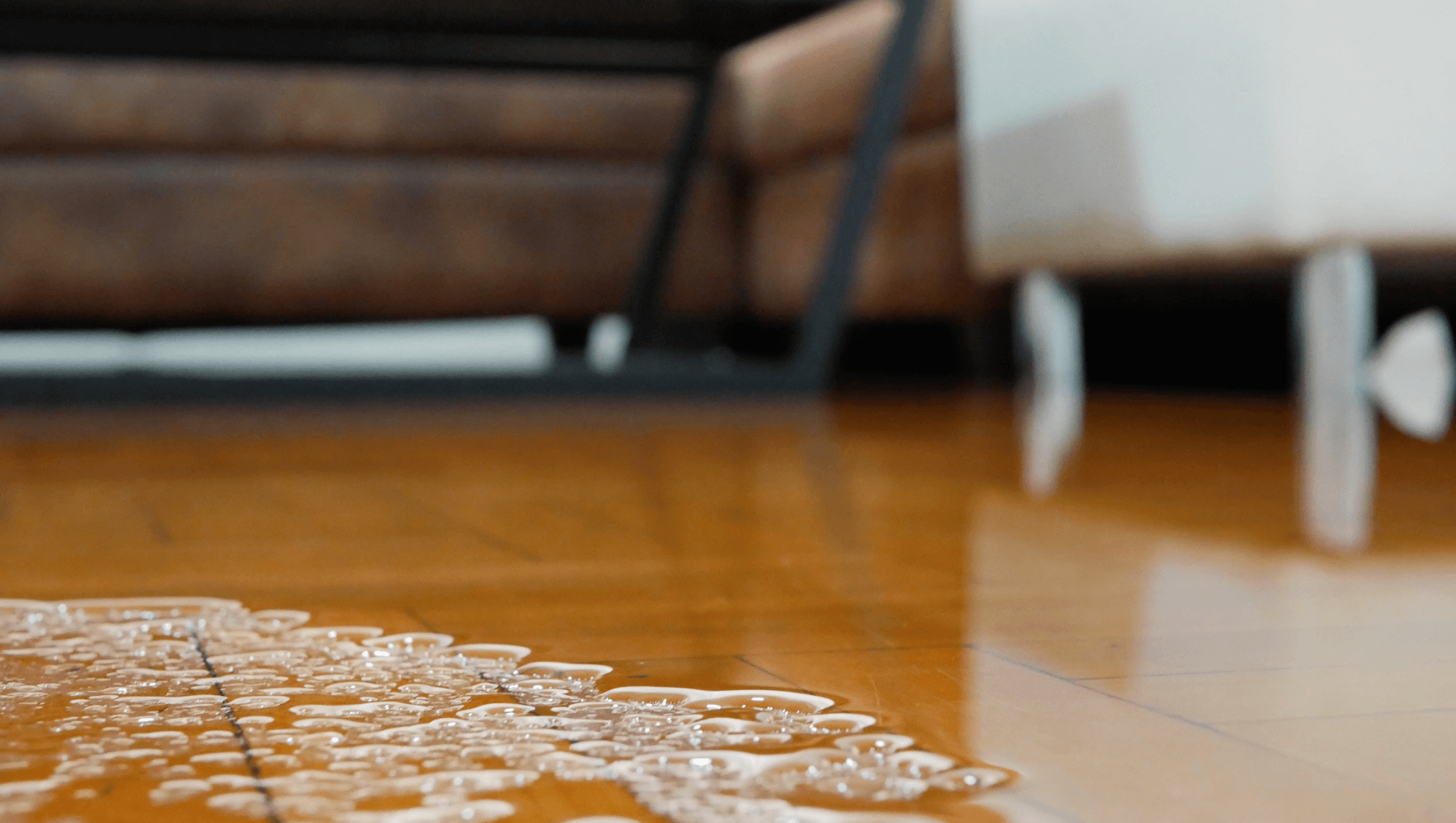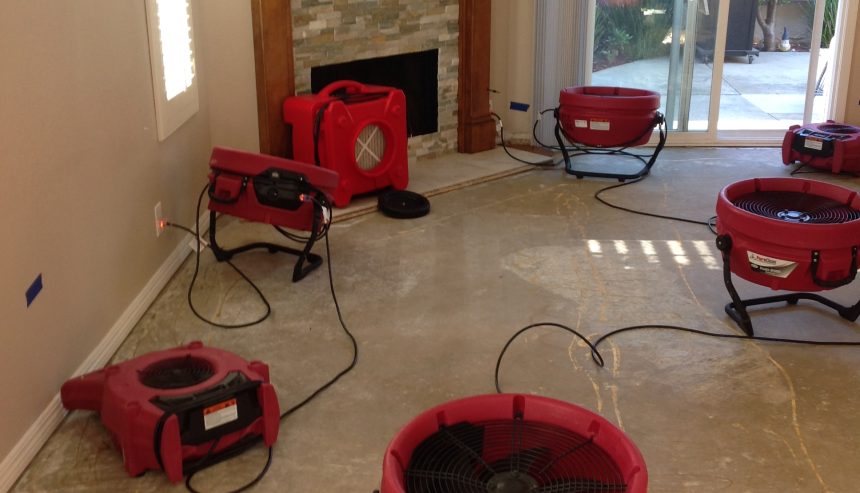Table of Contents

Water damage can be a homeowner’s worst nightmare, leading to costly repairs, mold growth, and long-term structural issues. Regular inspection for water damage is a crucial step in maintaining the health and safety of your property. But what exactly should you expect during an inspection for water damage, and how can you prepare for it? This comprehensive guide will walk you through the process, highlighting key areas of concern and offering tips to ensure your inspection goes smoothly.
Why Inspection for Water Damage is Essential
Before diving into the details of the inspection process, it’s important to understand why regular inspection is so vital. Water damage can occur from various sources, including leaks, floods, broken pipes, or even heavy rainfall. Left unchecked, water damage can weaken the foundation of your home, compromise the integrity of walls and ceilings, and lead to hazardous mold growth. Early detection through a thorough inspection for water damage can save you time, money, and stress in the long run.
What to Expect During an Inspection for Water Damage
When you schedule an inspection, a trained professional will assess several key areas of your home. Here’s what to expect during the inspection:
1. Exterior Examination:
The inspection for water damage will typically begin with an exterior examination of your property. The inspector will look for signs of water intrusion, such as cracks in the foundation, missing or damaged roof shingles, and improper drainage. Gutters and downspouts will also be checked to ensure they are directing water away from your home.

2. Interior Assessment:
Inside your home, the inspector will focus on areas most vulnerable to water damage, such as bathrooms, kitchens, etc. During this part of the inspection for water damage, they’ll look for signs like water stains on walls and ceilings, warped flooring, and musty odors, which could indicate hidden moisture or mold growth.
3. Plumbing Inspection:
A thorough inspection for water damage will include a close look at your plumbing system. Inspectors will check pipes, water heaters, and fixtures for leaks, corrosion, or any signs of wear and tear. They may also use specialized tools to detect moisture behind walls or under flooring.
4. Mold Detection:
Mold is a common consequence of water damage, and its presence can pose serious health risks. During the inspection for water damage, the inspector will search for visible mold growth and may take air samples to test for mold spores. If mold is detected, they will recommend a course of action to remediate it.
5. Moisture Testing:
Advanced moisture meters are often used during an inspection for water damage to measure the moisture levels in various materials. This helps identify areas where water may be trapped, even if there are no visible signs of damage. High moisture readings could indicate a leak or seepage that needs immediate attention.
6. Documentation and Recommendations:
After completing the inspection for water damage, the inspector will provide you with a detailed report. This report will outline any areas of concern, the severity of the damage, and recommended steps for repair or remediation. It’s essential to review this report carefully and follow up on any suggested actions to prevent further damage.
How to Prepare for an Inspection for Water Damage
To ensure a smooth and effective inspection for water damage, homeowners can take a few preparatory steps:

1. Clear Access to Key Areas:
Make sure the inspector has easy access to important areas of your home. Clearing away clutter and moving furniture can help the inspector conduct a more thorough assessment.
2. Provide Relevant Information:
If you’ve noticed any signs of water damage, such as leaks, strange smells, or unexplained stains, be sure to inform the inspector. This information can help them focus their inspection for water damage on the most likely problem areas.
3. Be Ready to Ask Questions:
Take advantage of the inspection for water damage to learn more about your home’s condition. Don’t hesitate to ask the inspector questions about their findings, potential risks, and recommended maintenance practices.
4. Plan for Potential Repairs:
Depending on the results of the inspection, you may need to schedule repairs or remediation services. Be prepared to act quickly to address any issues, as delaying repairs can lead to more extensive damage and higher costs.
The Importance of Regular Inspection for Water Damage
Regular inspection is not a one-time task but an ongoing responsibility for homeowners. Experts recommend scheduling an inspection for water damage at least once a year, or more frequently if your home is in an area prone to flooding or severe weather. By staying proactive and vigilant, you can protect your home from the devastating effects of water damage and ensure a safe, healthy living environment for your family.
Conclusion
Inspection for water damage is a critical aspect of home maintenance that should never be overlooked. By understanding what to expect during an inspection for water damage and how to prepare for it, you can take the necessary steps to safeguard your property. Whether you’re dealing with an older home or simply want to prevent future issues, regular inspection for water damage will provide peace of mind and protect your investment for years to come.
For water damage inspection and restoration, call us on +1 305 894-4343. We are available to assist you 24/7 in Miami or any area in South Florida.



 PuroClean of Coral Gables
PuroClean of Coral Gables